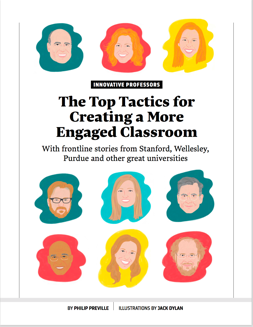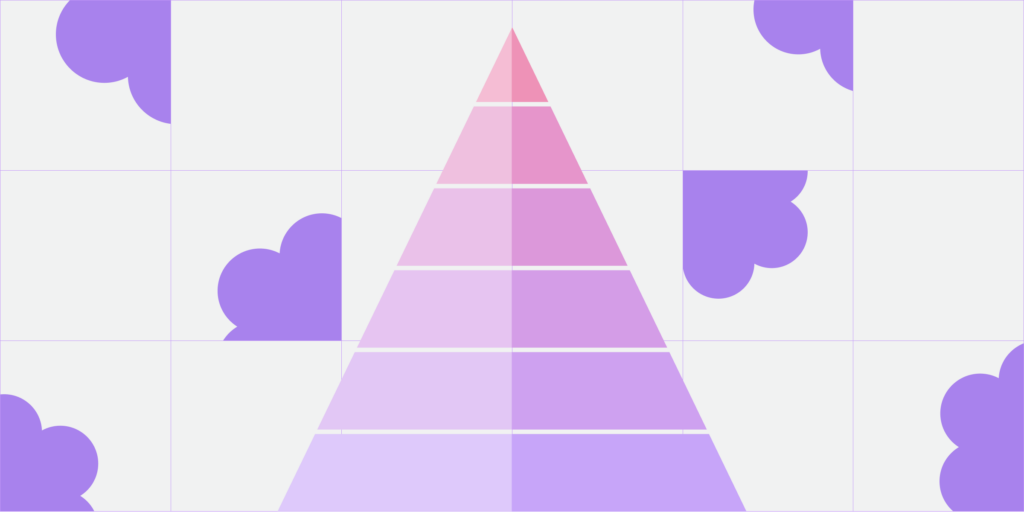Anyone who has sat through a lecture knows that minds will drift, even during the most engaging of presentations. That’s why flipped classrooms have evolved beyond in-class lectures presented in an online format.
Studies have shown that students’ attention starts to diminish after about 15 minutes of a lecture, according to a white paper by the University of Waterloo. Educators have realized for some time that in delivering content outside of the classroom, they can free up valuable class time to engage with students and help them apply the concepts they’ve learned.
Flipped learning started out with online videos of lectures and narrated PowerPoint presentations that students watched before class; they would then do their ‘homework’ during class. Since then, it’s evolved toward shorter, more concise videos — often available on YouTube — or even podcasts, where students can easily learn and review bite-size concepts when and where it suits them.
But it’s evolving even further, where online content is becoming more interactive, and where learners can collaborate in online discussions with peers or even subject matter experts. In class, they actively apply those concepts through peer learning, group work and ‘teach the teacher’ presentations. They may even be required to make their own videos as part of the learning process.
Indeed, the Flipped Learning Global Initiative (FLGI) — a global coalition of educators, researchers and technologists — has dubbed this the era of Flipped Learning 3.0, in which we’re seeing expanded awareness and global demand.
Subscribe to Top Hat’s weekly blog recap
Get the best posts of the week delivered to your inbox:
According to Jon Bergmann, co-founder of the FLGI: “The ground underneath flipped learning is shifting. Over the last 12 months, we’ve been following several developments that we think require every professional involved in flipped learning to update their understanding, recalibrate their thinking and adopt a new stance.”
Flipped learning, analytics and personalization
It’s worth noting that flipped classrooms can apply to any subject area, from liberal arts to STEM; students learn concepts through online videos and tutorials, and then participate in classroom activities ranging from discussions to problem solving and group work.
While it may initially create more work for teachers, it could also help them hone in on what’s working — and what’s not. By integrating multiple-choice quizzes and assessment tools into their online coursework, they can find out if students are grasping a certain concept. Analytical tools — which mine big data — could also be used to pinpoint trends in student understanding.
If students are struggling to understand a certain concept, more attention can be given to that concept during class hours (or students can be paired up, to teach each other). It can also be used by teachers to personalize lessons, perhaps even offering choices about what students will learn and how.
There’s growing demand for flipped learning — and for those with experience in active learning techniques. Educators are now discovering the value of “building bridges between the silos of flipped learning around the globe,” according to the FLGI. And this is creating demand for experienced flipped-learning teachers, trainers, administrators and consultants, who can steer the way forward in the era of Flipped Learning 3.0.

Thirteen of North America’s most innovative professors want to share classroom tips and tricks with you.
Related pages
Learn more about Top Hat’s flipped classroom tools


